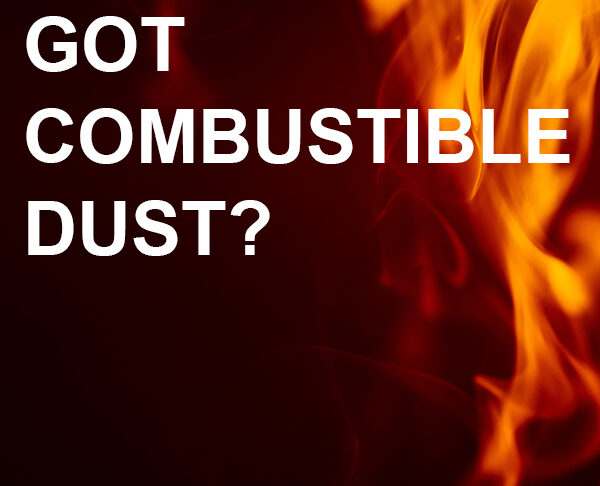
Got Combustible Dust?
NEED HELP CHOOSING THE PROPER VACUUM? STEP 1: Is your dust combustible? NFPA Standard 652-2019 – combustible dust includes finely divided combustible particulate solids that present a flash-fire or explosion... Read More

NEED HELP CHOOSING THE PROPER VACUUM? STEP 1: Is your dust combustible? NFPA Standard 652-2019 – combustible dust includes finely divided combustible particulate solids that present a flash-fire or explosion... Read More
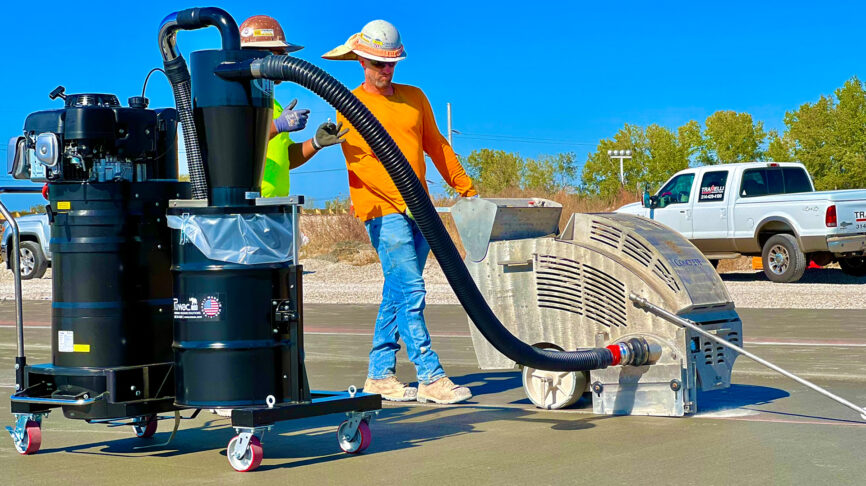
An innovation that has significantly improved the way concrete floors are installed is the early entry sawing process. Early entry saw cutting is a practice used to cut control joints... Read More
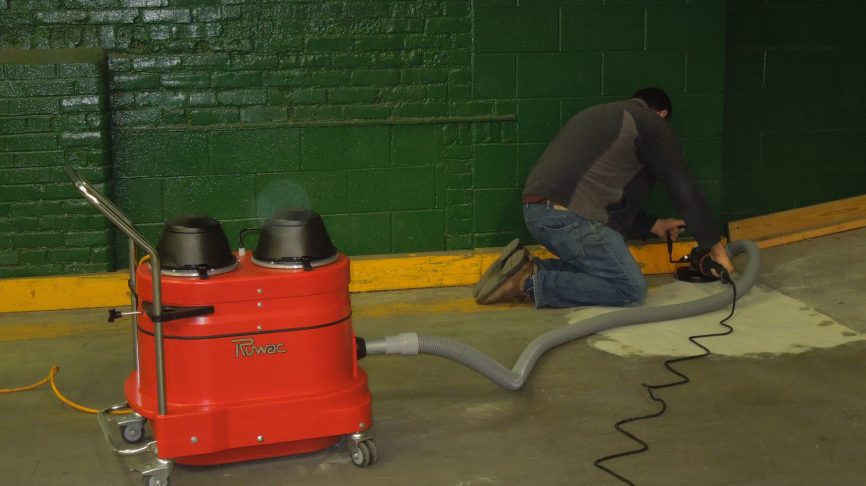
Back in September, the Occupational Safety and Health Administration (OSHA) began to enforce its new silica standards across the construction industry in an effort to curb health problems associated with the... Read More
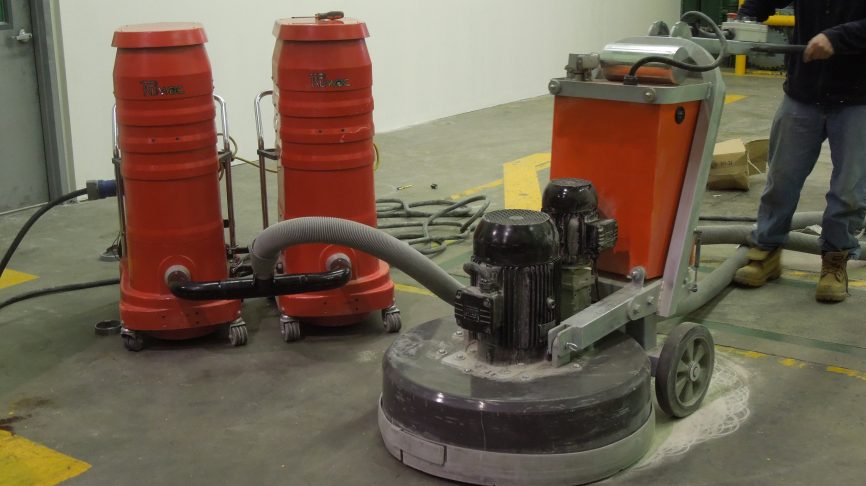
On September 23rd, OSHA officially began enforcement of its revised standards for crystalline silica dust in the workplace impacting the concrete industry, with a second ruling affecting the general and... Read More
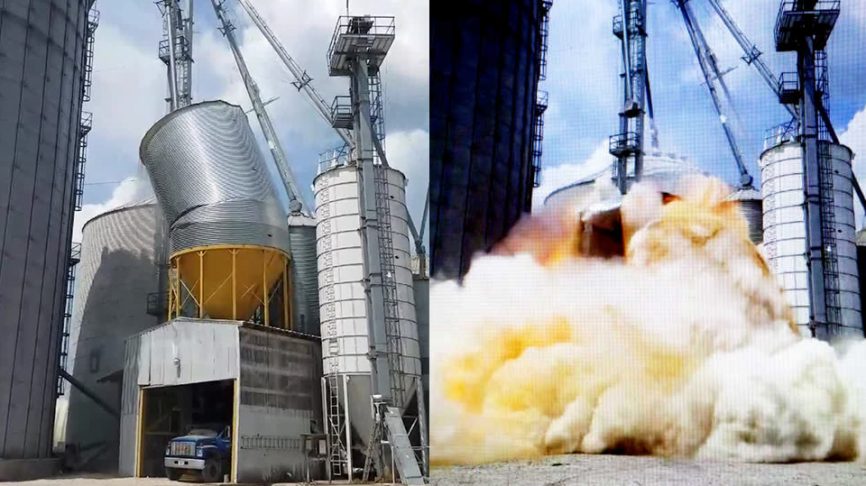
After years of delaying an analysis on combustible dust standards affecting general industry, any anticipation that safety measures would be improved came to a halt last week when the U.S.... Read More
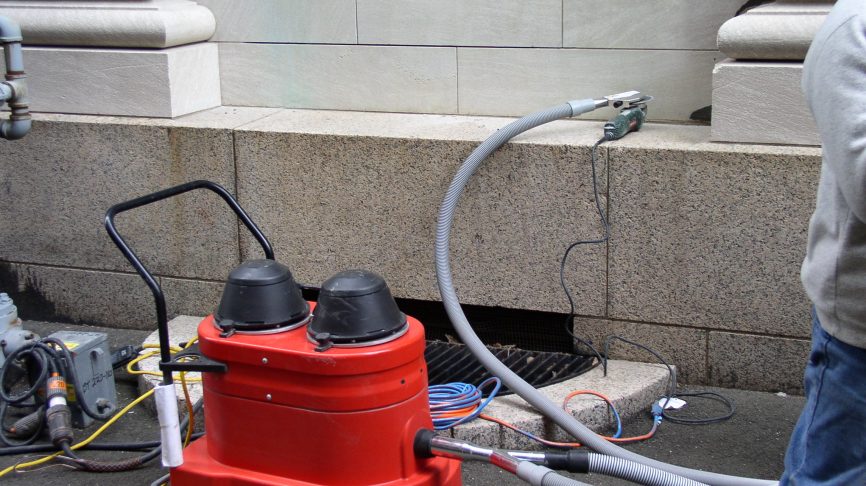
When it comes to OSHA’s new silica dust standards, it’s critical to know the facts. While there are some vacuum manufacturers trying to scare consumers into buying specific features, there... Read More
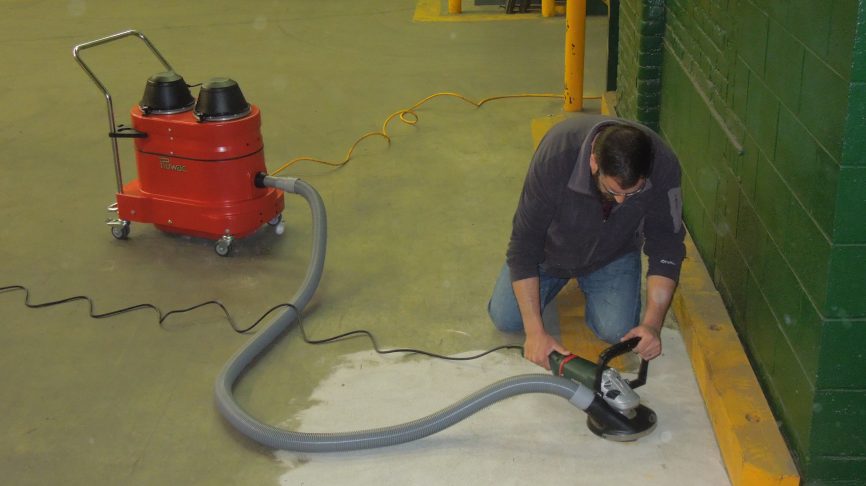
OSHA recently introduced newly revised silica dust standards that will effect workers in the concrete and industrial worlds. These standards will go into effect on September 23, 2017, which leaves... Read More
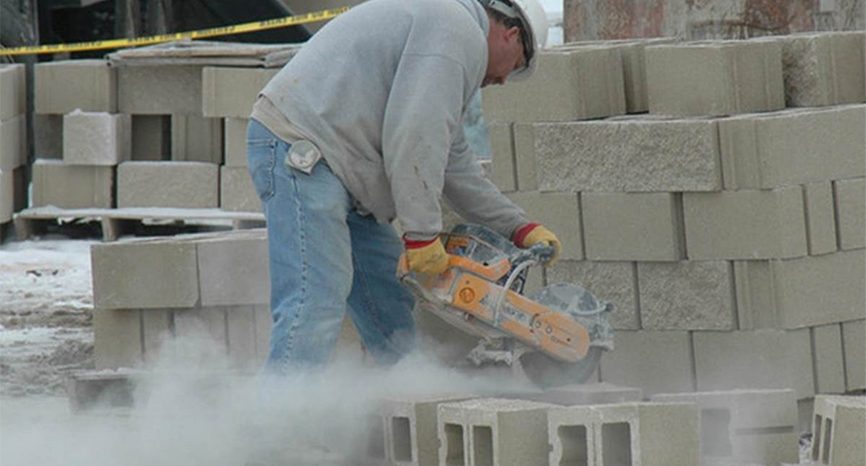
As Dust In Case recently discussed, OSHA has introduced revisions to its existing Silica Dust Rules that update standards for modern concrete and general industry to improve the health and... Read More
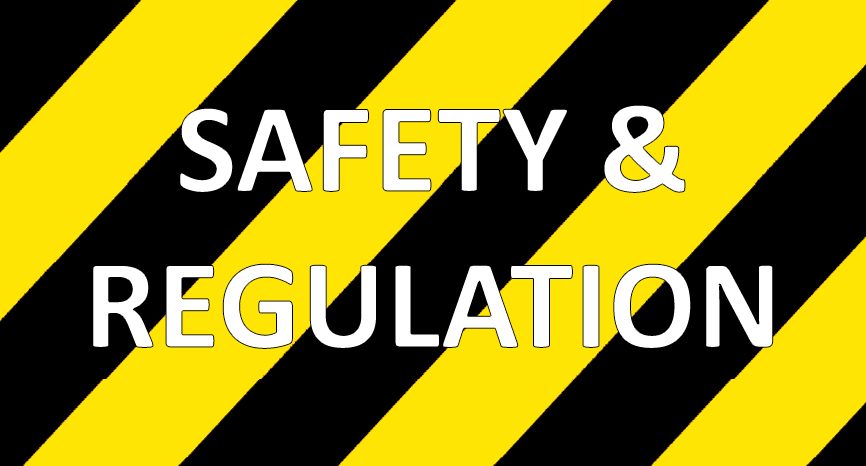
As discussed earlier here on DustInCase, the Occupational Safety and Health Administration (OSHA) has revised its rulings to crystalline silica dust exposure to workers in the construction, maritime and hydraulic... Read More
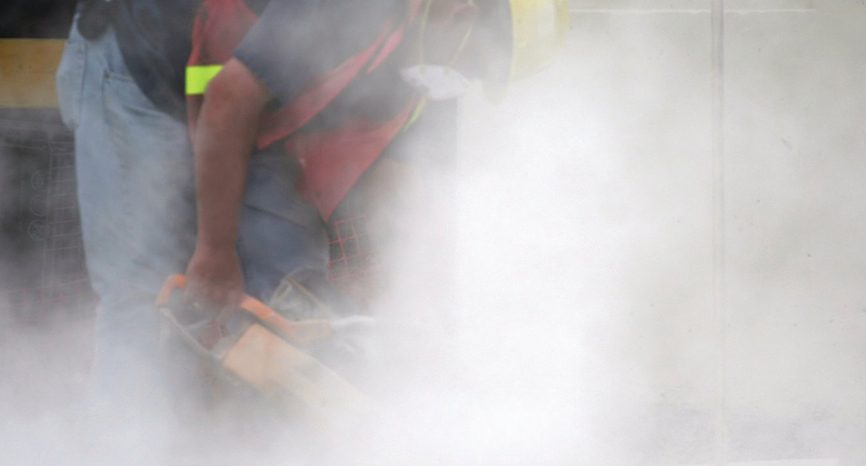
Crystalline silica is naturally found in soil, sand, granite, and many other minerals used within the concrete industry. Millions of U.S. workers in high risk jobs such as abrasive blasting,... Read More

It’s been nearly a decade now since the Chemical Safety Board has recommended that the Occupational Safety and Health Association reevaluate and amend rules on combustible dust, especially those pertaining... Read More
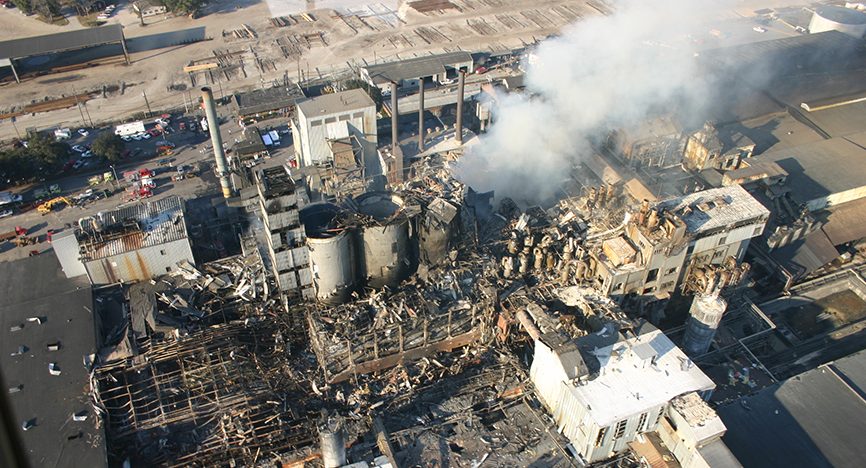
The Imperial Sugar refinery explosion in Port Wentworth, GA was one of the worst combustible dust explosions in United States history, yet few measures have been taken to better worker... Read More

In the past, Dust In Case has covered stories on some of OSHA’s largest combustible dust fines across many industries, but in other cases, even the smaller ones can add... Read More
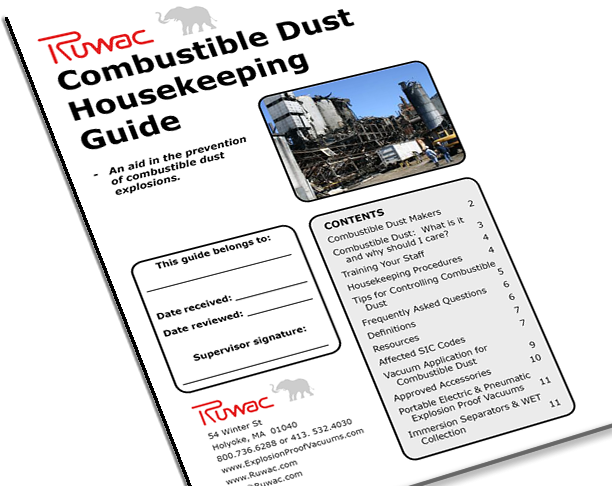
In our last post we discussed the importance of combustible dust training for you and your staff of employees. Today we’re going to go over a few resources you can... Read More

Classifying combustible dust and the unique types of incidents that go along with them is a relatively new science. To make matters more difficult for the people who want this... Read More
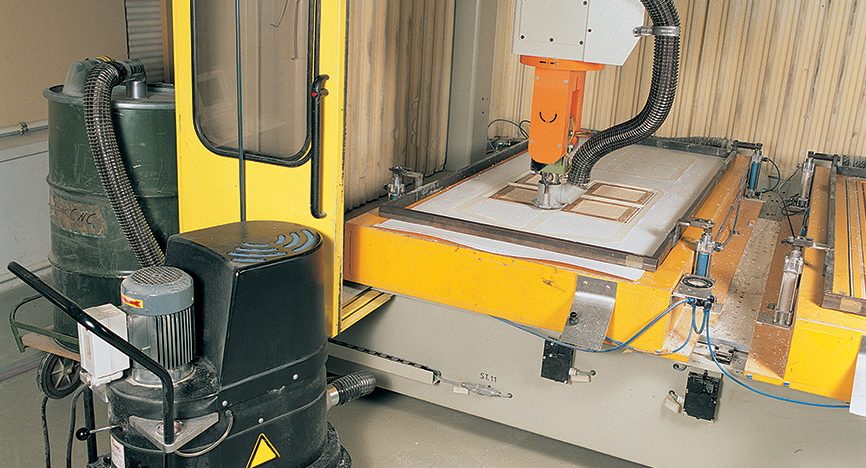
The answer to this question is simultaneously simple and complex. The simple answer is most of them. Any business that involves as part of its operations factories, plants, storage areas... Read More
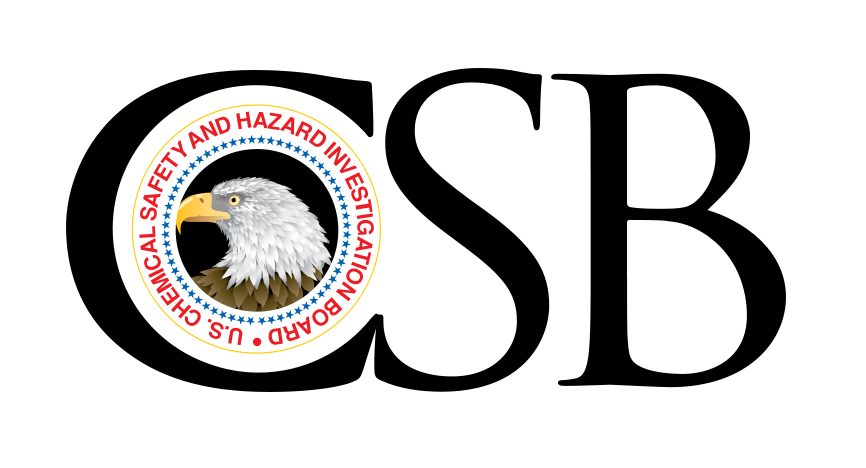
Rafael Moure-Eraso is the chairman of the US Chemical Safety Board (CSB), an independent federal agency that works to protect the public from chemical accidents. He recently released a statement... Read More

If you’re in an industry that deals with combustible particles, you know that making sure you have vacuums that can withstand a potential ignition is paramount to not only the... Read More